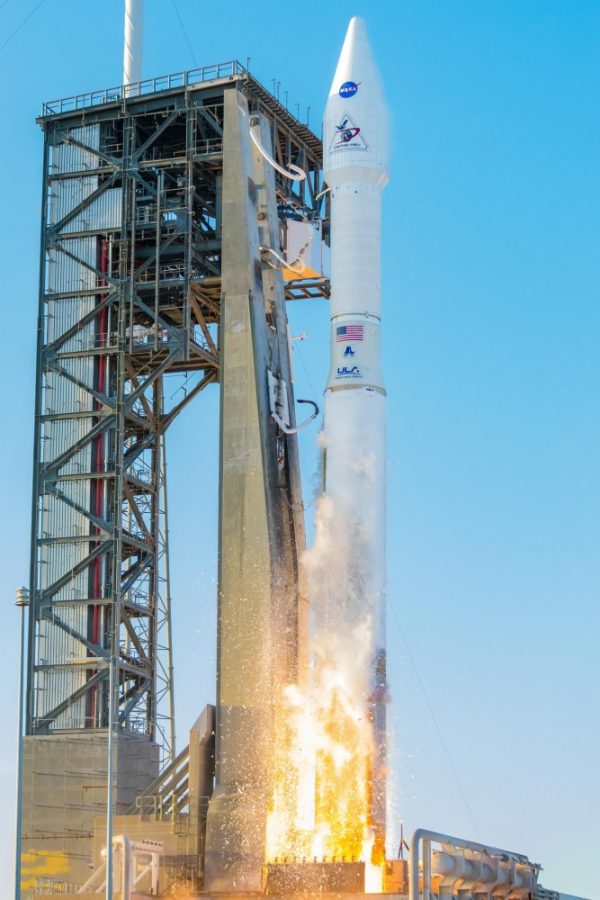While most people might consider themselves fortunate to see a single rocket launch in their lifetime, Ed Beshore has seen four, including one he helped build.
From rocket launching to asteroid hunting, Beshore has had a vast impact on the space industry, from constructing automated telescopes for the Catalina Sky Survey to designing software for the OSIRIS-REx mission.
Beshore, who is currently the deputy principal investigator on the OSIRIS-REx mission, will retire on Oct. 4, his 62nd birthday. His history of space work within the UA began in 1973 when he graduated from high school and began studying astronomy at the university.
After graduating with an undergraduate degree in astronomy, he left the field to become a software engineer. It wasn’t until the ’90s that he reignited his passion for astronomy, constructing an observatory in his backyard in Colorado and automating his telescope so that it could search the sky without his physical presence.
He was offered a position on the Catalina Sky Survey team in Tucson, doing the same type of work he had done with his telescope.
Through his work on the sky survey, he became involved with the OSIRIS-REx mission. Beshore’s job involved working closely with the science team to help them stay organized, as well as making sure that all the software worked together.

The OSIRIS-REx mission is unique due to the fact that it is the first spacecraft with the mission to travel to an asteroid and bring back a sample. The mission itself has five major objectives, but first and foremost the team hopes to bring back a sample from the asteroid Bennu. In order to do this, they have to ensure the spacecraft reaches Bennu safely and once there, land in a productive sample area.
“Like any explorer that goes to uncharted country, the first thing you do when you go … is you make a map,” Beshore said. “And so we’re going to be mapping the asteroid very carefully, not only to prepare ourselves for finding that sample but to be able to study those maps later on and say, ‘OK, we think we know with the sample on hand what we are seeing here.’”
RELATED: Meet some Wildcats who worked on OSIRIS-REx
Beshore traveled to Florida for the launch of the OSIRIS-REx spacecraft launch, where he said the weather conditions for the launch were perfect.
“There’s nothing quite like watching a rocket take off that’s got a spacecraft on it that you built.” Beshore said. “While I never had my hands on the spacecraft, I’ve certainly been through many meetings where we talked about building it and the different approaches we would take.”
Dr. Caitlin Casey, an assistant professor of astronomy at the University of Austin and alumna of the UA, first met Beshore on a trip with the honors college to the Catalina Sky Survey.
RELATED: UA community celebrates OSIRIS-REx launch on the UA Mall
“This was my first ever research experience,” Casey said. “He taught me everything I know about programming from scratch, and that requires a lot of patience. He would have long conversations with me, just stop what he was doing and explain the excitement he had for different parts of the research.”
Beshore’s mentorship had a big part in the direction Casey took her research.
“If I hadn’t had the ability to look at the broader picture and take that step back, I wouldn’t be in the same situation that I am now,” Casey said. “This sense of perspective helped me down the road with my Ph.D. and my work in astronomy.”
While Beshore may be leaving space exploration, he doesn’t plan to stop exploring.
“My wife and I love the outdoors,” he said. “I used to do a lot of backpacking and rode a motorcycle in college. I want to go back and visit all the places that I’ve driven by and haven’t had time to stop.”
Heather Enos will assume the position of deputy principal investigator after Beshore’s departure.
Follow Hannah Dahl on Twitter.









